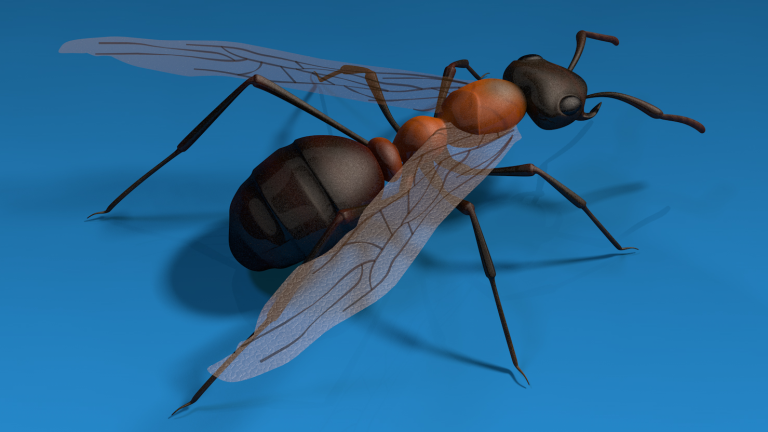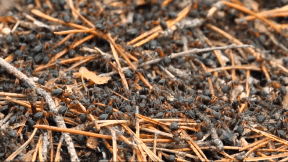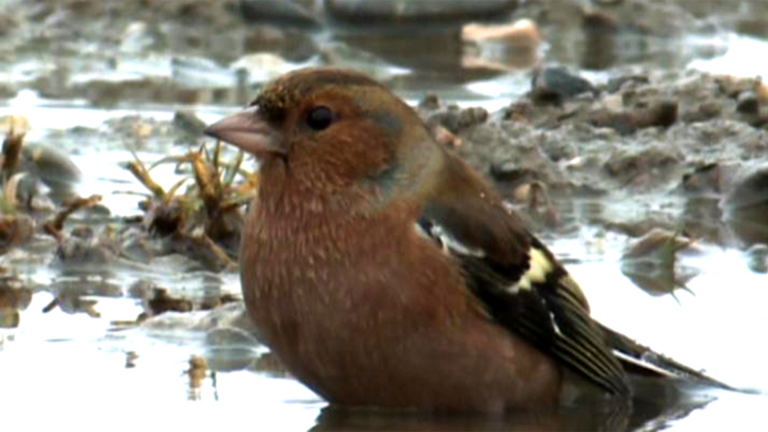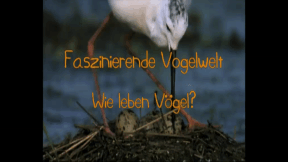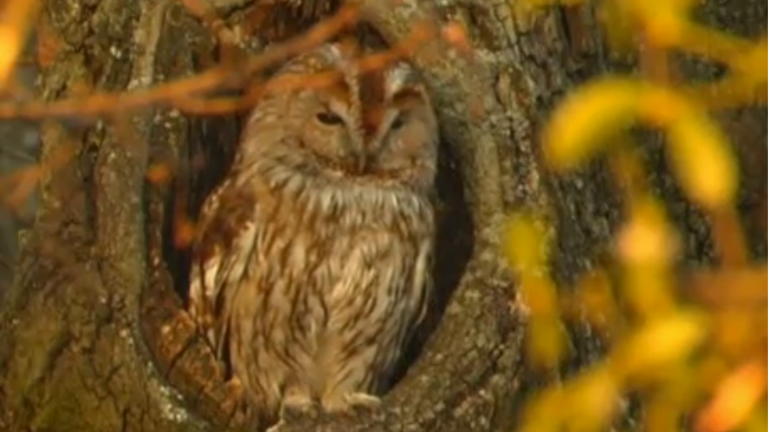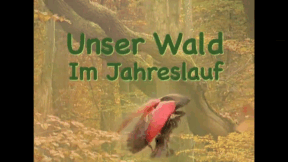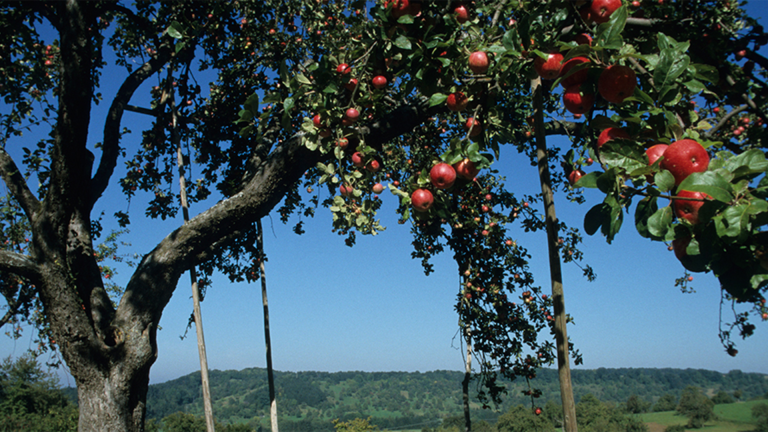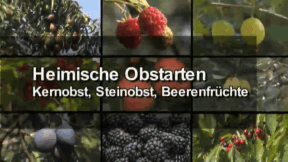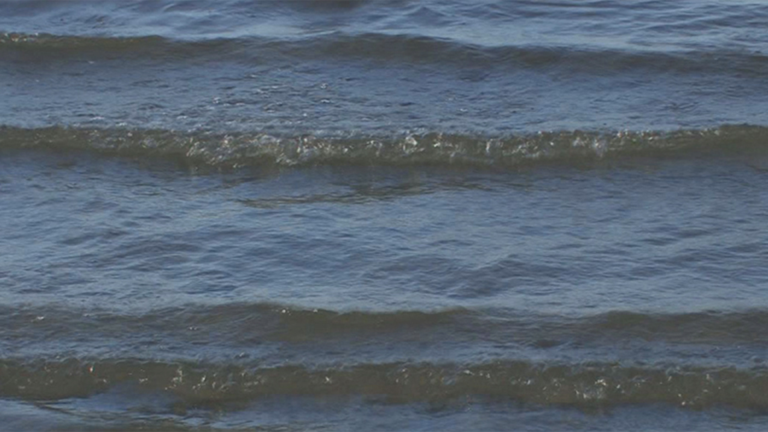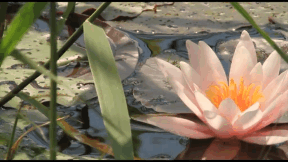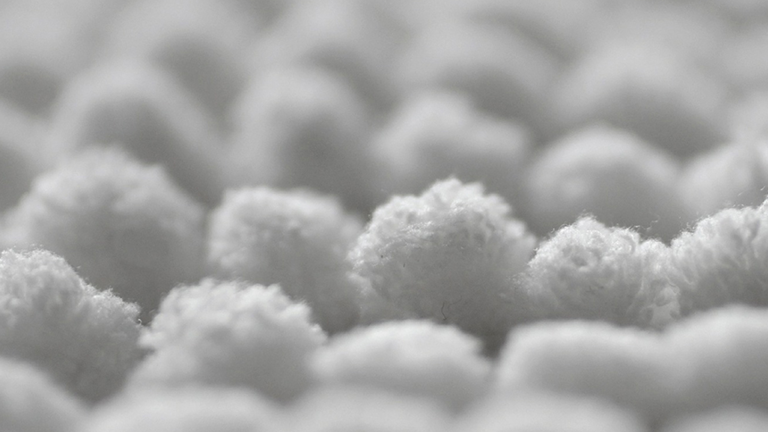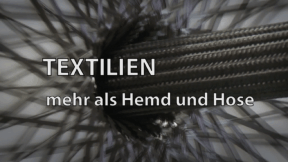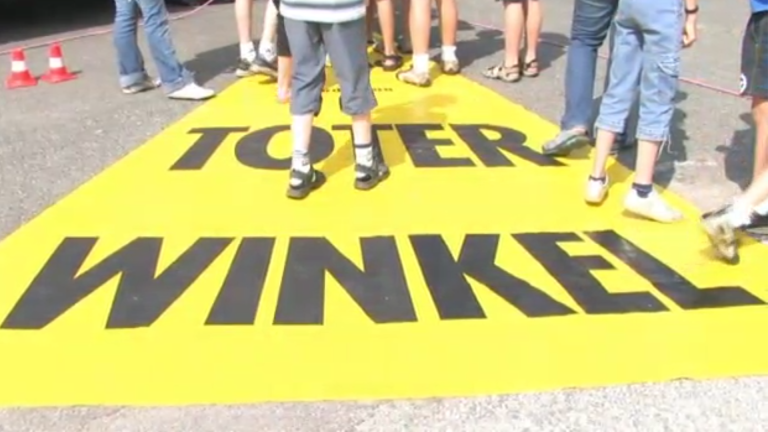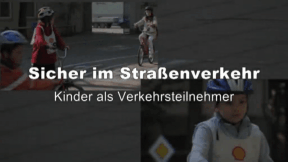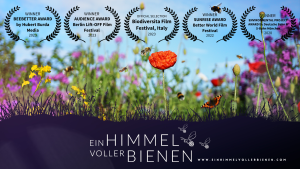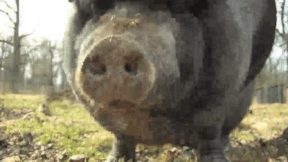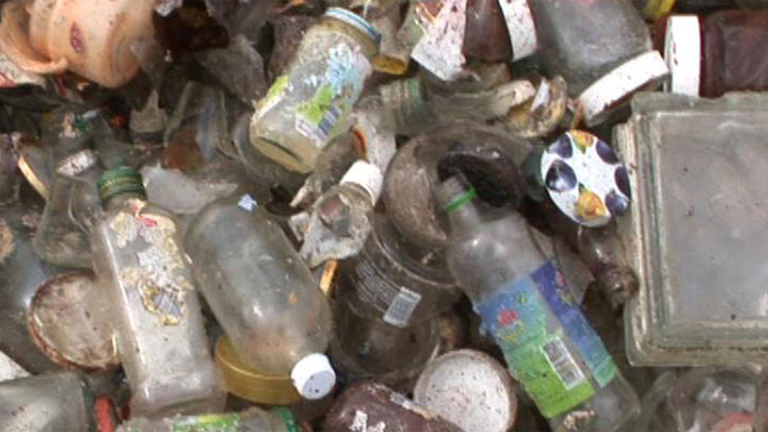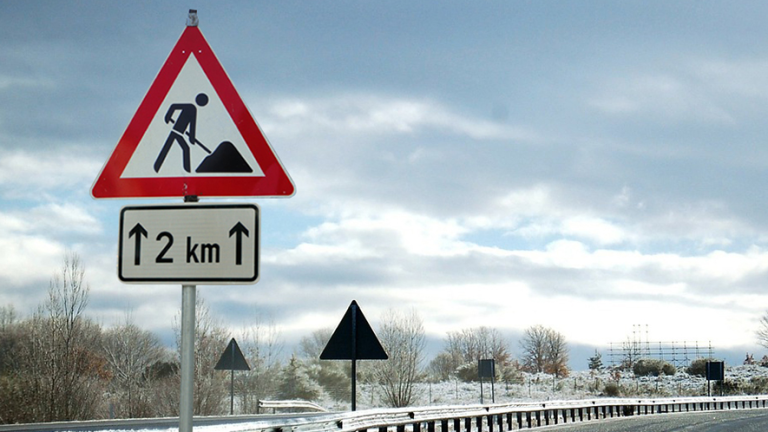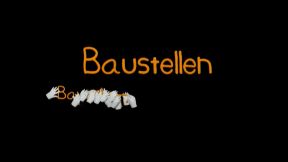Suche:
- # Artistry
- # Biology
- # Chemistry
- # Ecological
- # Economy
- # English
- # Foreign Language
- # Geography
- # German
- # Health
- # History
- # Informatik
- # Latin
- # Mathematics
- # Media Education
- # Music
- # Physics
- # Politics / Civics
- # Preschool
- # Primary School
- # Religion
- # Society
- # Sports
- # Technology
- # Training of Teachers
- # Vocational Education
Ants
Ameisen sind Insekten und gehören zu den Gliederfüßern. Das bedeutet, der Körper dieser Tiergruppe ist stets in drei deutlich erkennbare Abschnitte gegliedert: Kopf, Brust und Hinterleib. Man schätzt, dass es über 15.000 verschiedene Arten Ameisen auf der Welt gibt. Man findet sie überall: von den heißen Tropen bis zum kalten Polarkreis, von hohen Gipfeln bis den Wüsten – es ist das erfolgreichste Insekt der Erde. Die Ameisen haben viele unterschiedliche Wohnorte, aber am bekanntesten ist bei uns der Ameisenhaufen. Er ist etwa einen Meter hoch und mindestens genauso tief. Im Ameisenhaufen leben alle Ameisen, die Königin, ihre Arbeiterinnen, die männlichen Ameisen und alle Larven. Ameisen verständigen sich mit einer Antennensprache, legen Duftwege und können sich die Richtung der Sonne merken. Die Waldameisen fressen gerne Raupen, kleine Spinnen, Insekten und Fliegen. Ihre Hauptfeine sind der Specht und der Schmetterling. Wenn sich die Ameisen bedroht fühlen, verspritzen sie Ameisensäure.
Learn moreFascinating Bird World
Millions of different bird species live on earth. A blackbird, a flamingo, an eagle, a kiwi and a penguin look very different. By adapting to their specific habitats and eating habits their bodies have changed.
Learn moreThe Forest
As a part of the natural landscape in which our children grow up, the forest with its flora and fauna is an important subject in primary school teaching. The focus of the systematic discussion of this versatile habitat is, of course, the children’s spontaneous, all-round experience of the forest. However, in particular with the animals and birds of the forest, it is not always easy to enable the children to have a real-life encounter. This DVD is aimed at helping the children to get familiar with the forest habitat in the course of a year. The film addresses the following topics: Early bloomers, courtship and breeding behaviour of selected forest birds, ground dwellers, the badger family, the fat dormouse family, forest fruits and the forest in winter. The DVD is excellently suited either as an introduction to the topic of forest or as a tool offered to the children for individual tasks or project work.
Learn moreDomestic Fruit Species
The film deals extensively with the topic "Fruit". In a simple and comprehensible manner but with professional accuracy, it tells the primary school children about processes in nature. They learn how fruits form and develop on fruit trees and bushes. Information on domestic fruit farming is provided and they get to know the importance of fruit for a healthy diet. The film deals with the following core themes: domestic fruit species (various species, appearance, spread ...), aggregate fruit (pollination and fertilisation, developmental stages of an apple ...), drupe (structure and components of a cherry blossom, cherry tree transformation ...), berry fruit (ingredients, harvest time, vitamin content ...), methods of cultivation (plantation, orchards and their animal life ...), processing (harvest, apple juice production, preparation of jam ...). The film is divided into 5 menu items (chapters). Each chapter can be dealt with separately. Together with the comprehensive accompanying material, the film is ideally suited for use in lessons.
Learn moreWater is Everywhere
In terms easily understandable to children, this DVD makes us realize how important water is in our everyday life. The film shows where water comes from, how the water cycle on earth works and describes the long journey of the water before it finally flows from our taps. Splash, the raindrop, guides the children through the exciting world of water. It also points out possible dangers and explains that water is the most important resource on earth. For without water, there is no life. The accompanying material contains extensive suggestions and recommendations such as songs, experiments, tips for assembly, games, mandalas, etc., both for a practical application of the topic in the classroom and for reinforcing the knowledge the children have acquired. Special emphasis was laid on an integrated learning experience in kindergarten life for the children to experience our most important resource with all their senses. Thus, this DVD offers a suitable, childoriented basis for projects in kindergarten and early primary school, which take up and illustrate a topic familiar from the children‘s everyday lives.
Learn moreLife in the Lake
All of you certainly know a lake. Perhaps you have even been splashing around in a lake once because lakes are big stretches of water. But what actually is a lake? How did it form? What lives in a lake and around it? That is what we want to find out together. How do you actually recognise that you are at a lake? If you look closely, you see, simply put, that lakes are always where water collects in a very big depression on the earth’s surface. Contrary to rivers, lakes are therefore bodies of water that are surrounded on all sides by a shore.
Learn moreTextiles
When we hear the word “textiles“, we automatically think of things we put on – such as shirts, trousers, pullovers, caps or other things to wear. But there are far more textiles in our everyday lives. Actually, the word textiles means that these are generally things or goods made of single fibres or threads or yarns. For a long time now, we have not been using textiles for clothing only, but also in many other different domains of our lives. Every day, we use various household textiles at home – they range from the fabric sofa to the towel we dry ourselves with after washing or bathing. But today, modern textiles are also used as construction material – for example to make cars or bikes. These vehicles are particularly energy efficient because textiles are significantly lighter than metal.
Learn moreSafety in Road Traffic
This DVD encourages children as young traffic participants to be considerate in road traffic to ensure safety and show social responsibility. It explains that in road traffic, children are especially exposed to danger and emphasises that above all, primary school children are confronted with a lot of novel and difficult situations. The film focuses on the following aspects of road training: Pedestrians in road traffic, seeing and being seen, being a car passenger, the bicycle as a means of transport, the blind spot, the safe bike, traffic signs and regulations, turning left, the bicycle test. This DVD preventively supports correct conduct in everyday road traffic in terms clearly understandable to children.
Learn morePig
Pigs are considered good luck symbols and are an important food source. They are true olfactory artists and their auditory sense is excellently developed. Their vision, however, is not good at all. The film presents wild pigs and farm pigs and deals with the topics of factory farming and organic farming. Domestic pigs are descended from the wild boars spread all over Europe. Wild Boars are nocturnal animals, love wallowing in the mud, rub against tree trunks and feed on acorns and beechnuts. Domestic pigs might become up to 12 years old provided they were not already slaughtered at the age of six months and a weight of 100 kilogrammes. In factory farming large amounts of meat are to be produced fast and at little cost. This is detrimental to the health of man and animal. Contrary to factory farming, ecological farming ensures species-appropriate husbandry and sustainable production. Together with the extensive accompanying material the DVD is ideally suited for use in the classroom.
Learn moreFrom Stone to Glass
In terms understandable to children, this DVD illustrates how glass, a widely used material, is made. The film shows, step by step, the development from rock to quartz sand, which, mixed with further ingredients, forms an important component in the making of glass. In order to give the children an exact idea of glass production, a glassblower is watched at his job. The accompanying material contains extensive suggestions and recommendations, such as songs, experiments, tips for assembly, games, mandalas, etc., both for a practical application of the topic in the classroom and for reinforcing the knowledge the children have acquired. Special emphasis was laid on an integrated learning experience in kindergarten life for the children to experience the often used material glass with all their senses. Thus, this DVD offers a basis suitable for child-oriented projects in kindergarten and early primary school, which take up and illustrate a topic familiar from the children’s everyday lives.
Learn moreConstruction Sites
At a road construction site mostly the old road is removed with a big road miller. Sometimes a digger helps and carries the large parts away. They are loaded onto a truck. With the tar machine the road is newly tarred. Tar is a mixture of gravel, sand and crude oil. Here the tar is still very hot. When it cools down, it becomes very hard and the cars can drive on it. A new motorway or country road is created.
Learn more



